
Poultices
Simply gather an herb or natural substance, mix it with water and make a paste to put on the affected area. You will hold this paste in place with a cloth. There are multiple benefits from this type of poultice.
Most of us already have the ingredients for a basic poultice, yet may not know how to make one, or what some of the benefits are.
A poultice can reduce infection, subdue inflammation, relieve itching, extract poison or toxins, and heal a wound or burn.
In general, follow these basic steps. Remember: assess the condition and if you need to seek medical attention for something serious, do not hesitate to do so.
- Gather a quarter cup of herbs or a natural substance to make a paste (i.e.: baking soda). If you are dealing with a smaller area you can cut this recipe in half.
- Mix ½ – ⅓ cup of hot water with the herbs or powder.
- Place the mixture on a cotton cloth about half the size of a normal washcloth.
- Lightly pat the mixture down.
- Turn the cloth over and place it on the affected area.
- Secure it with a tie or rubber band.
- Let the mixture soak into the skin for twenty minutes.
- Remove the cloth.
- Pat the area dry, gently.
- Reapply as needed depending on the condition
Heal Burns With An Aloe Poultice
A friend who came from the Southwestern region of the US remembered her grandmother using aloe poultices. You can grow this plant very easily in a sunny window in your own home.
An aloe leaf is an excellent way to heal a minor burn. Simply cut a large leaf from the plant and split the leaf down the edge. Open it up and place the gel side face down on the affected area.
Aloe offers cool relief to sunburned or blistered skin. Aloe soothes, Is anti-inflammatory, dries quickly, and makes its own ‘band aid’ when the gel dries and forms a protective layer.
The gel repairs damaged cells. Its astringent quality tightens and tones the skin. Reapply as often as needed until the burn goes away
Heal Chest Congestion And Coughs With Onion
One friend’s grandmother came from the Midwestern region of the US. She used onion poultices routinely on her large family as a cough remedy; when one person started coughing, soon, the family came down with the same ailment.
An onion poultice is easy to make, effective and very inexpensive. It is a wonderful traditional home remedy for bronchial infection.
Onion juice is an expectorant. When absorbed into the chest and the bronchioles, it loosens mucus and subdues inflammation.
Use a warm onion poultice if someone has a hard time breathing, has an upper respiratory infection, a sinus/upper respiratory infection, or a serious cough with mucus.
Onion poultices work for lingering coughs that do not seem to fade away. Actually, onions contain vitamins and minerals like quercetin, which helps enhance immunity.
Onions are high in Sulphur and are antibacterial. If you have very sensitive skin on your chest this remedy may not work for you because it may irritate your skin. Use your best judgement.
The method is quite easy:
- Slice two 1/4 inch slices from a medium sized onion.
- In a pan with a little bit of water warm the onions up for just a couple of minutes.
- Put them in a washcloth, a tea towel folded in half lengthwise, or square of clean cotton fabric.
- Make sure the onions are just warm, not hot.
- Place the slices side by side on the upper part of the chest.
- Leave the slices there, covered, for 20 minutes.
- Remove, dry the area, and cover up with warm comfortable clothing
Extract Toxins, Poisons, And Heal Wounds Using Plantain
Plantain poultices are quite powerful. You will find this unassuming herb growing in lawns, along trails, in driveways, or neglected parking lots. Plantain leaves with ¼ cup to ⅓ cup of water will create a paste.
Plantain has very prominent veins that start at the base of the leaf and go up to the tip of the leaf. It is an analgesic, has a numbing effect on skin tissue combined with extraction power.
A seemingly mild herb, it contains allantoin and can promote rapid regeneration of healthy skin on ulceration, or abrasion
Subdue Inflamed Insect Bites And Mild Itching
My grandmother’s favorite poultice was baking soda.
As a child, it was the first natural remedy I learned to make myself. It has multiple uses that extend far beyond cooking.
Baking soda has antimicrobial and antibacterial properties. It is an alkali, a soluble salt that interacts with acids.
Use the following steps as a remedy for bee stings and conditions that create mild itching.
1. Mix 3 tablespoons of baking soda with just enough water to make a paste.
2. Place the paste on the cloth.
3. Secure the cloth with a band and wait 20 minutes.
Plantain Poultice To Relieve Insect Bites And Itching
There are many herbs that can reduce the itch and swelling of insect bites, and plantain is yet another one thanks to its anti-inflammatory, anti-histamine, anti-bacterial and anti-fungal capabilities.
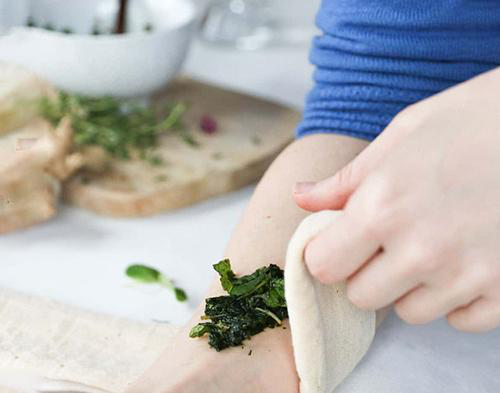
The quickest way to make a poultice is to chew up some leaves to make a paste, and then “spit” it onto the affected area (this works well when you’re outdoors, otherwise you can use a mortar and pestle). Then cover the paste with a bandage. This is known as a spit poultice.
No
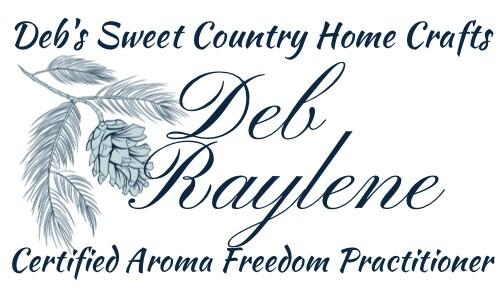

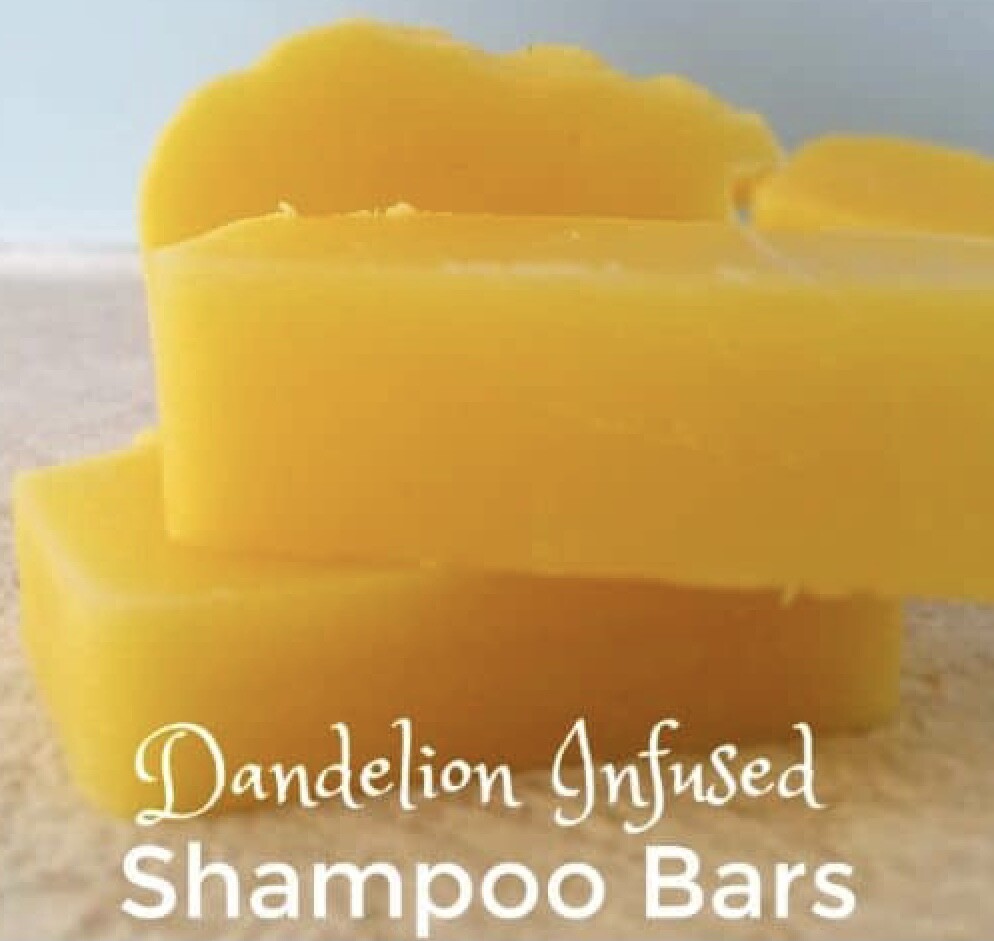
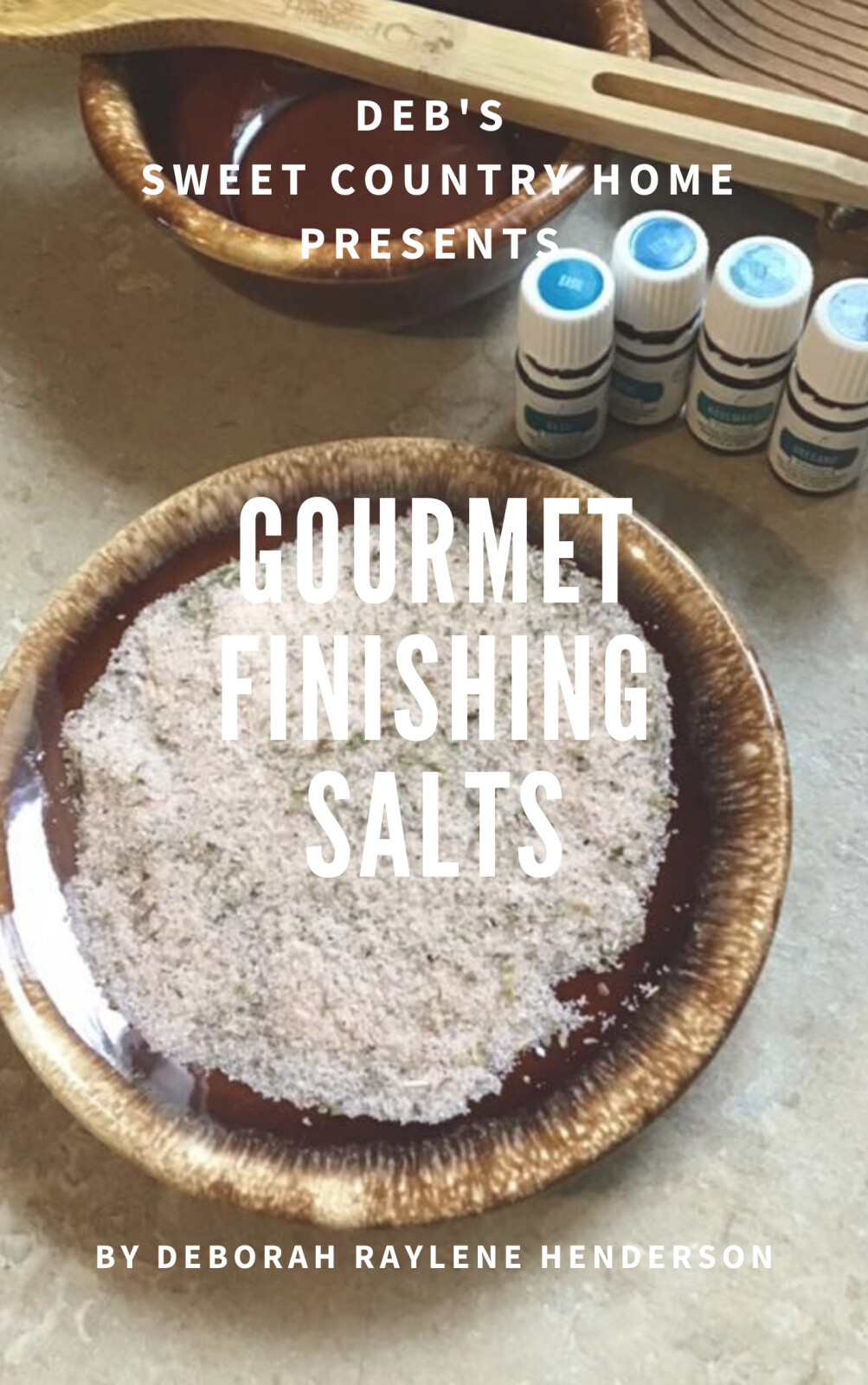
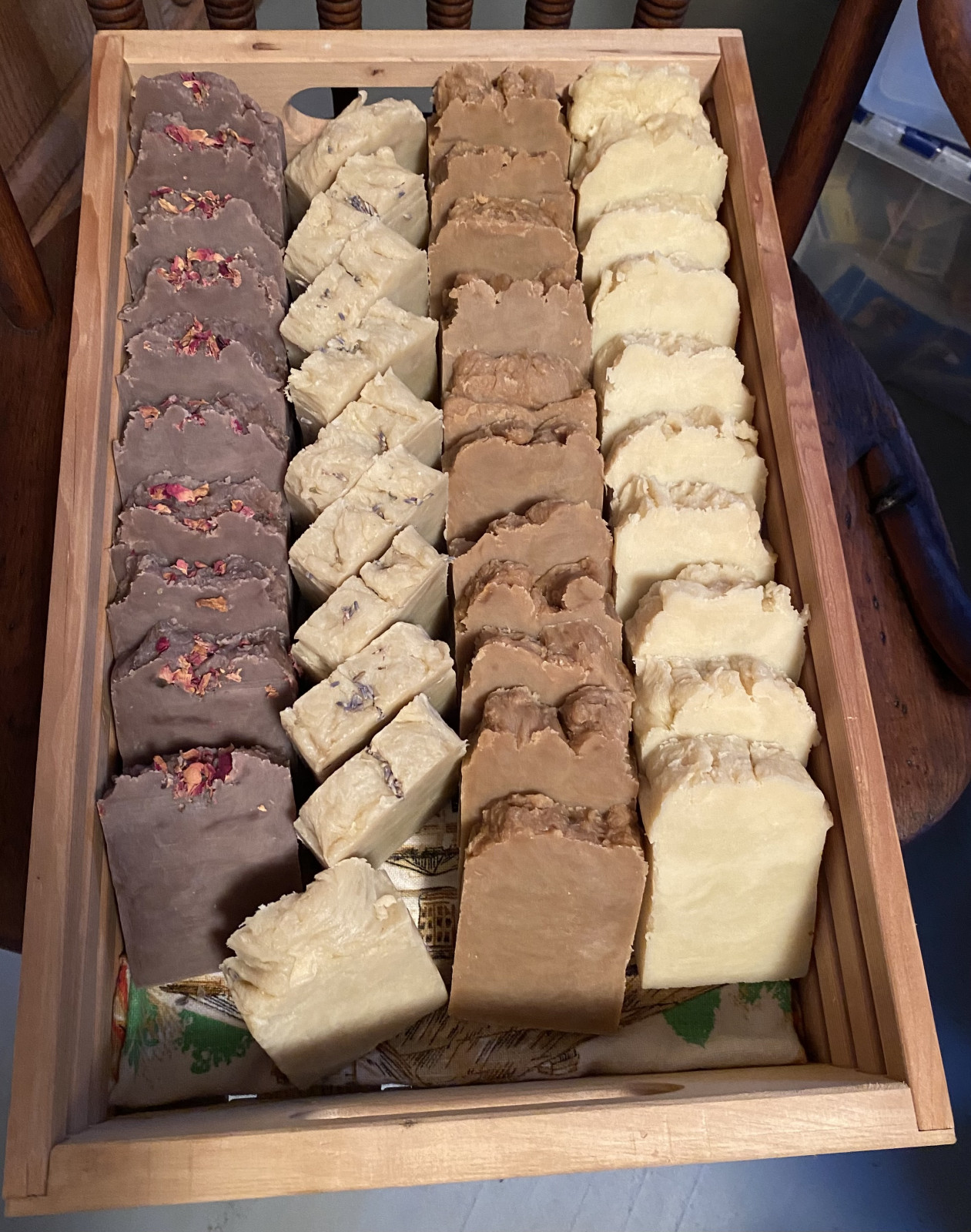
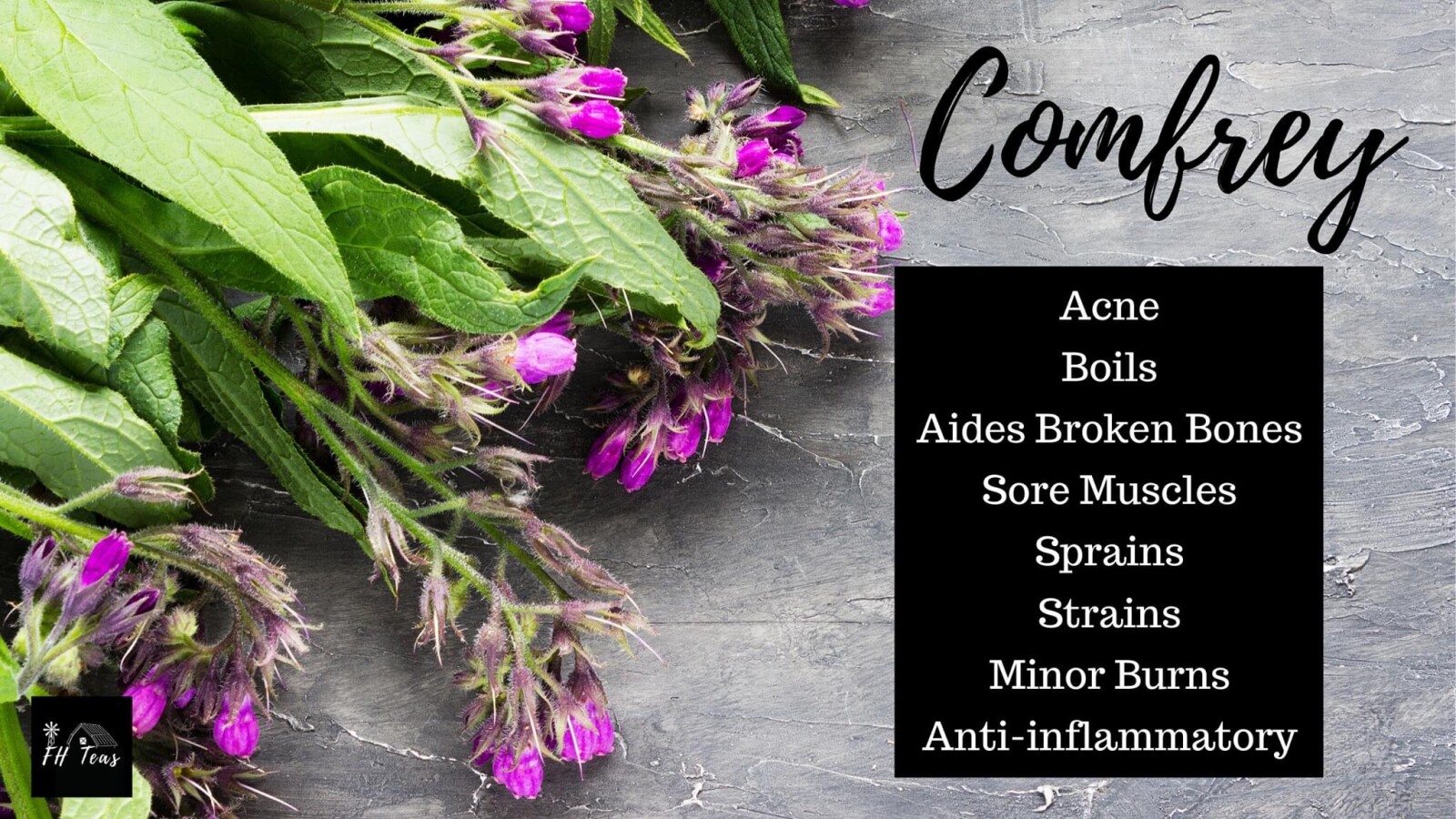
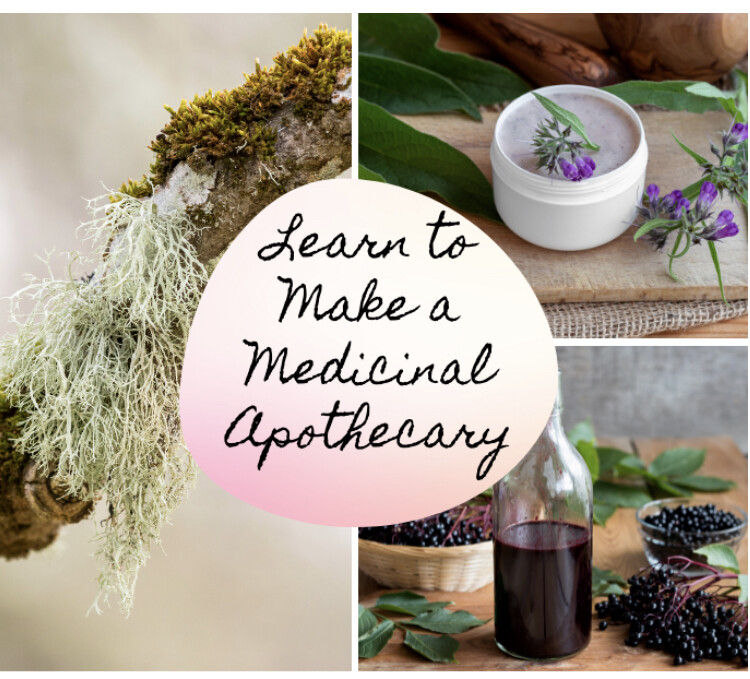
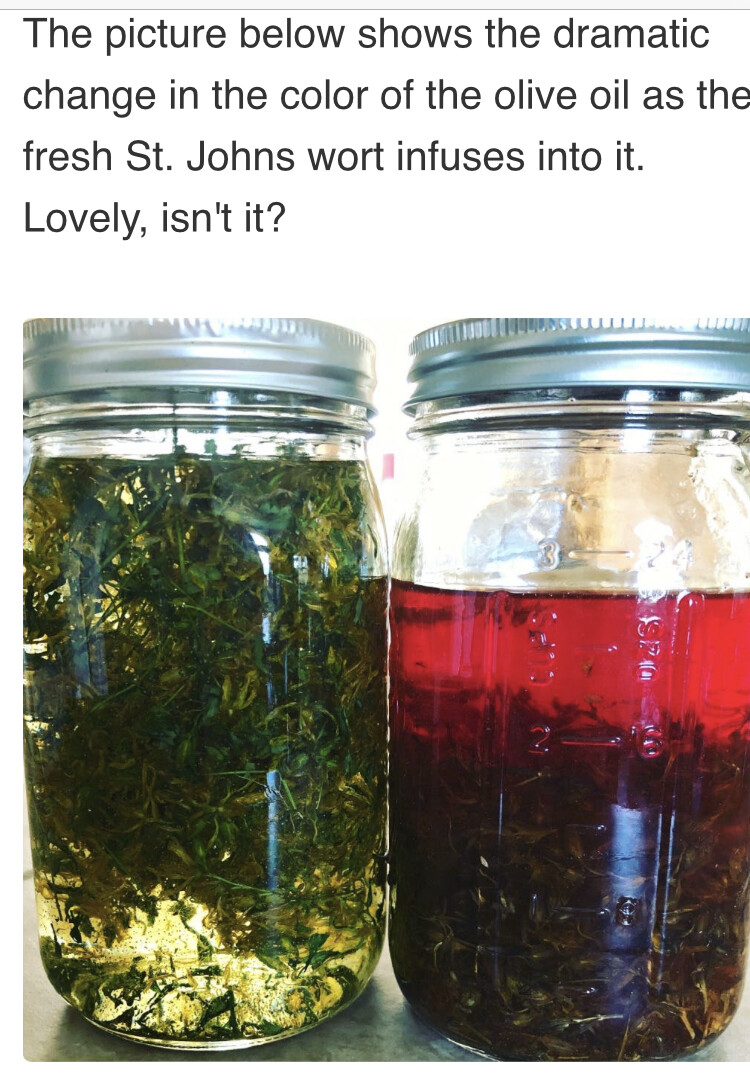


0 Comments